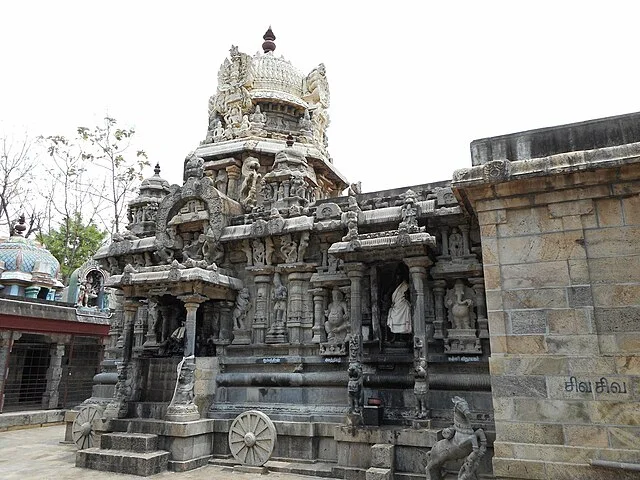The Mela Kadambur Amirthakadeswarar Temple is a significant religious site located in the Tamil Nadu region of India. This temple is dedicated to Lord Shiva, worshipped here in the form of Amirthakadeswarar. It is known for its rich historical background and architectural beauty, with deep ties to local traditions and religious practices.
Get your dose of History via Email
Historical Significance
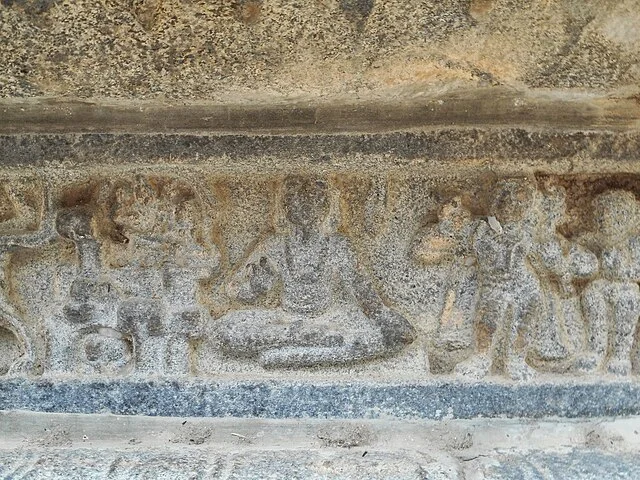
The temple’s origins trace back to ancient times. The inscriptions and historical references suggest that the structure has been an important religious center for centuries. The temple is linked to several dynasties, including the Chola dynasty, who contributed to its expansion. Its establishment and continued significance reflect the growing importance of Shiva worship in the region, particularly during the early centuries of the Common Era.
Architecture
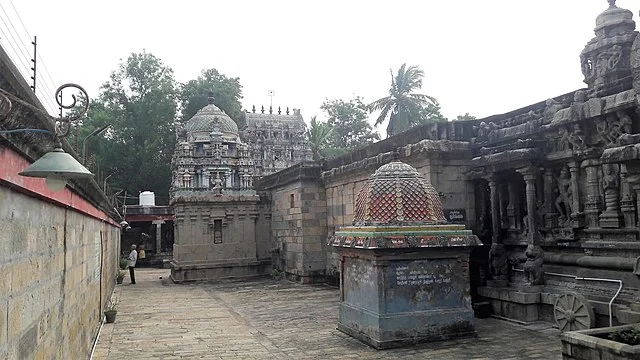
The architecture of the Mela Kadambur Amirthakadeswarar Temple showcases typical features of Dravidian-style temple construction. The structure includes a large central hall (mandapam), a towering gateway (gopuram), and intricately carved pillars. These architectural elements are characteristic of the period and emphasize religious devotion, as well as regional craftsmanship.
The temple’s inner sanctum houses the main deity, Amirthakadeswarar, with a lingam, a symbol of Lord Shiva. Surrounding the sanctum are various smaller shrines dedicated to other deities, including Lord Ganesha, Lord Vishnu, and other forms of Shiva.
Rituals and Worship
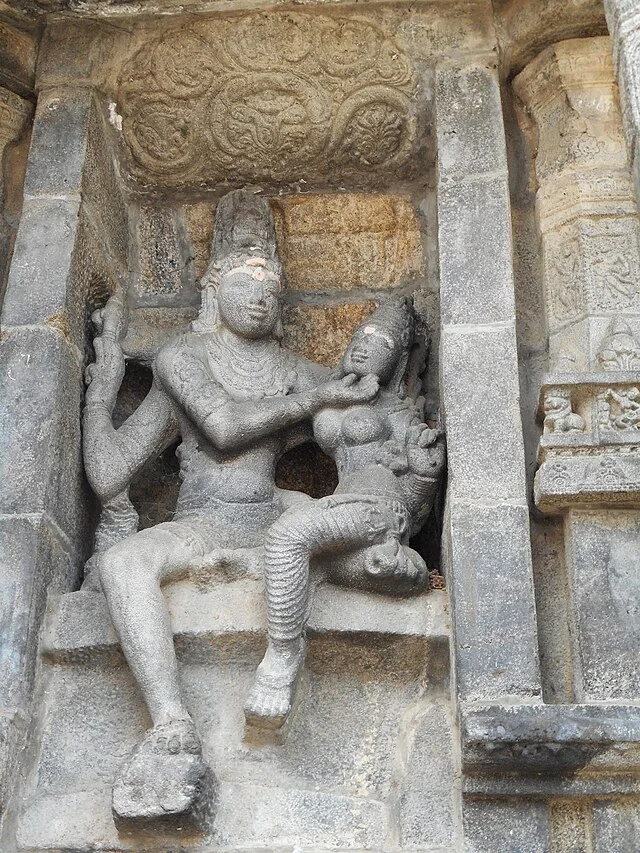
The temple continues to function as a place of active worship. Devotees visit to offer prayers, perform rituals, and seek blessings. The temple follows traditional Hindu rituals such as Abhishekam (ritual bathing of the deity) and special poojas during festivals. The temple’s annual festivals, particularly Maha Shivaratri, attract a large number of pilgrims.
Cultural and Religious Influence
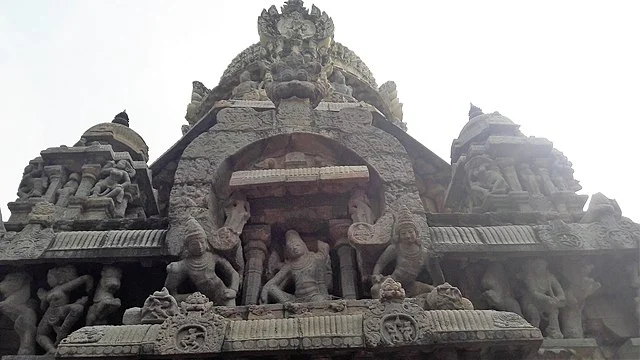
Mela Kadambur Amirthakadeswarar Temple holds great cultural and religious significance in Tamil Nadu. It has contributed to the religious landscape, shaping local customs and rituals. The temple serves as a focal point for community gatherings, where people from nearby villages come together for worship and festivals.
Its role in preserving the region’s religious and cultural heritage is essential. Many local legends and myths are also associated with the temple, further enhancing its importance in the area.
Conclusion
The Mela Kadambur Amirthakadeswarar Temple is a testament to the deep-rooted religious traditions of Tamil Nadu. It continues to be a vital center for Shiva worship and serves as an example of Dravidian architectural style. Its historical significance, architectural features, and cultural impact make it an important religious landmark in the region.
Source:

